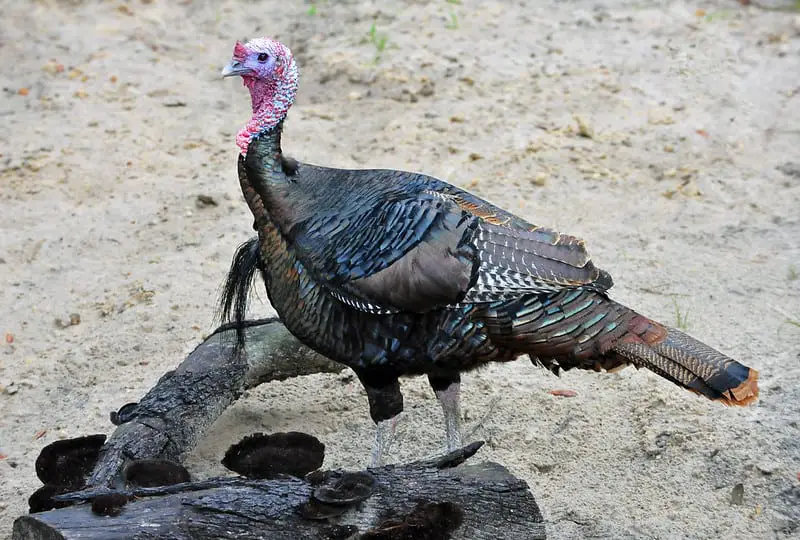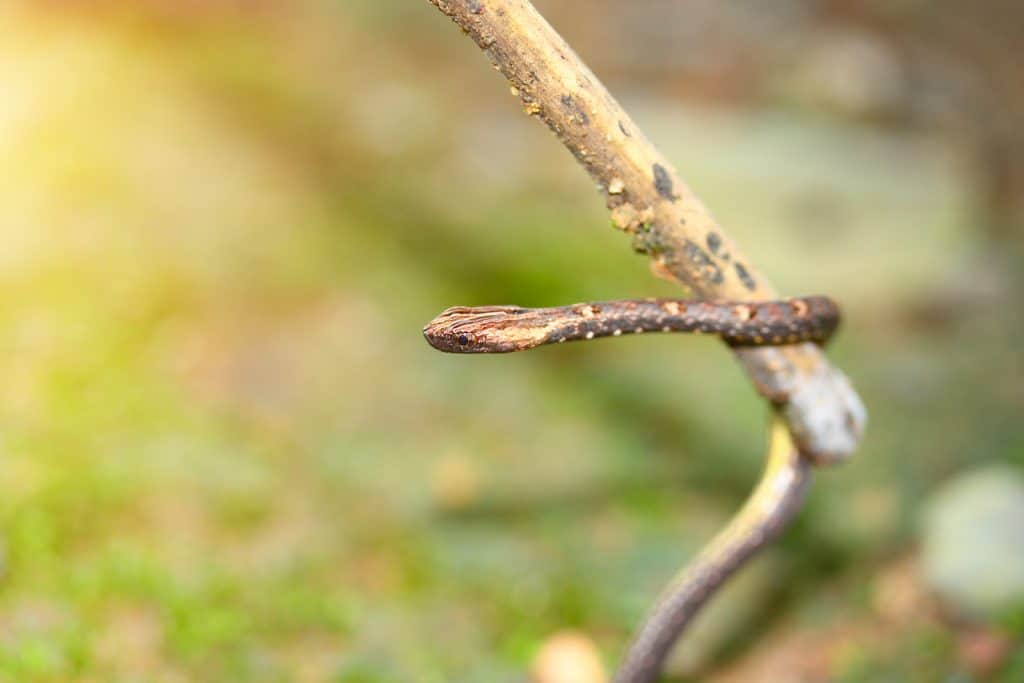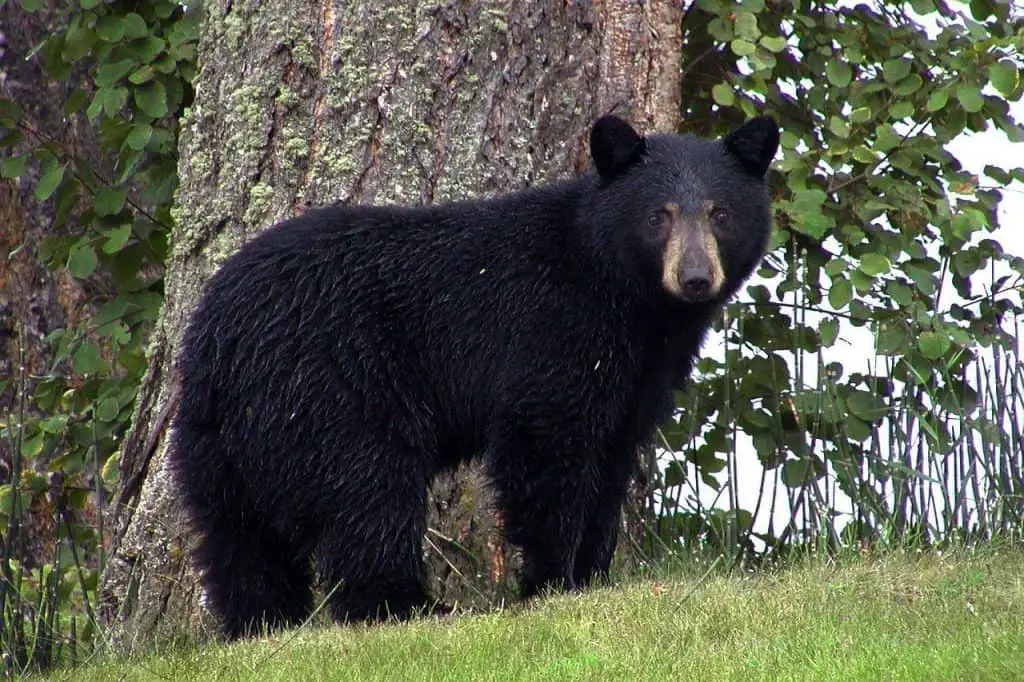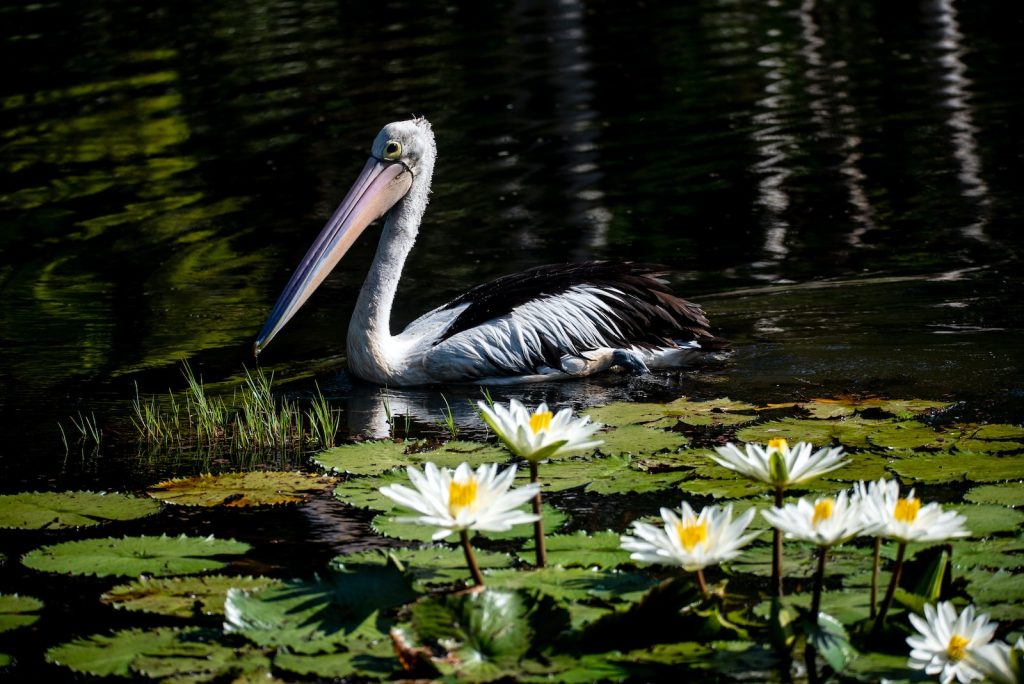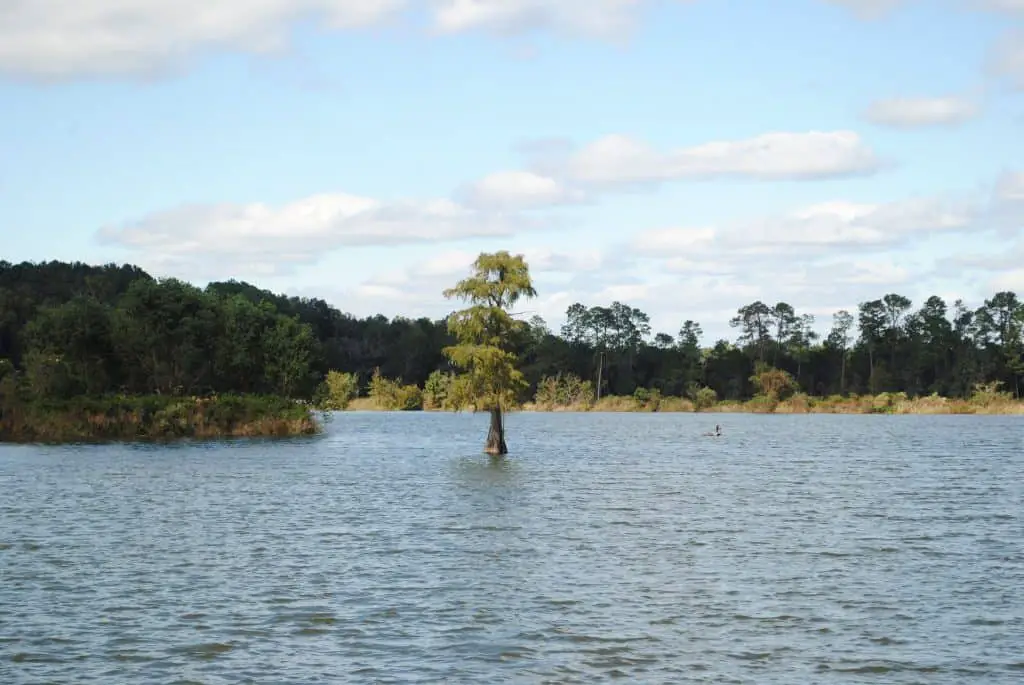The Florida Osceola turkey hunting season is a much anticipated event for avid hunters every year! It’s not only a great way to enjoy nature, but it also offers the chance to make memories with friends and family.
This season provides exciting opportunities for outdoor adventurers to hunt and observe the majestic Osceola turkey in its natural habitat. With the upcoming season quickly approaching, there are essential things that hunters need to know before embarking on their journey.
The Osceola turkey hunting season can begin as early as the first week of March in some areas. This makes it one of the earliest turkey hunting seasons in the USA. The season typically lasts from late March to late April.
This is one of the most popular hunting seasons in Florida, offering a unique opportunity to take home a trophy-sized turkey as well as make some unforgettable memories.
Navigating Nature to Hunt Rare Osceola Turkeys in Florida
The Osceola turkey is one of five subspecies of wild turkeys found in the United States. The turkey is named after a Seminole Indian chief who lived during the early part of the nineteenth century.
These wild turkeys are native to Florida and are very popular with hunters from all over the world.
They are smaller and darker than other turkey species, and they have less white barring on their flight feathers.
The Osceola turkey’s plumage is brown and its tail feathers are dark. The breast feathers are iridescent and usually have black tips.
These birds typically feed on grapes, blackberries, beechnuts, acorns, and grains, and they sometimes consume small insects.

The Osceola turkey prefers to roost in large trees with big canopies. This offers cover from Florida rain and helps protect the turkey from predators. The Osceola turkey also prefers to roost near water.
Its preferred roosting locations are usually near rivers and lakes. During the day, it will retreat to shady areas or palmetto hammocks but will move back into open areas to feed at night.
The Osceola turkey is similar to its cousins in appearance but has several distinguishing characteristics that distinguish it from other tom turkeys.
Explore the Unique Habitat of Osceola Turkeys in Florida
In its natural habitat, the Osceola turkey spends the night roosting over bodies of water. In order to reach dry ground for feeding, the turkey has to fly 100 to 200 yards. However, in a variety of habitats, it can easily find food and avoid predators.
Osceola turkeys can be found in a wide range of habitats, including hardwood hammocks, pine flatwoods, and cypress swamps. These habitats provide birds with food, cover, nesting spots, and the shelter they need to thrive.
Osceola turkeys often use pine flatwoods as their habitat. These ecosystems feature a wide canopy of longleaf pines and a variety of understory shrubs, grasses, and forbs.
This habitat is ideal for turkeys as they can find insects, berries, and acorns. The dense understory also provides protection from predators.
Osceola turkeys also need to be able to use hardwood hammocks. These ecosystems feature a dense canopy of hardwood trees like oak and hickory and a variety of understory shrubs and herbs. This habitat provides turkeys with food, such as berries, insects, and acorns.
Osceola turkeys also find Cypress swamps an important habitat. These ecosystems feature a dense canopy made up of cypress trees, as well as a variety of shrubs and other herbs under the canopy.
This habitat provides turkeys with food, including berries, insects, and acorns.
Osceola turkeys are not only found in natural habitats but also in agricultural areas like pastures, citrus trees, and wetlands. These habitats provide food and cover for the birds, and turkeys can be often seen searching for insects and berries there.
Osceola Turkeys Soar Florida Skies With Magnificent Flight Feathers
The Osceola turkey is one of the smallest wild turkeys in the U.S. It can weigh up to twenty pounds as a juvenile. As it grows older, it will reach a mature size of 3.5 feet and weigh eight to fourteen pounds.
The Osceola turkey has black-tipped feathers on its wings. The feathers of an adult female are slightly darker than the feathers of a male.
The Osceola turkey is found only in Florida’s peninsula and is very popular among out-of-state hunters. It looks similar to the Eastern subspecies found in the panhandle, but it is smaller and darker, and its flight feathers lack the white barring found on other turkey subspecies.

The flight feathers of the Osceola are more distinctive than those of Eastern turkey. Osceola turkeys have a wing patch that is almost completely black.
They also have dark brown tails. Their wings are also more distinct than those of the Eastern turkey.
The Osceola turkey is closely related to the Eastern wild turkey. However, it is smaller and darker, and its wing quills have less white veining.
The Osceola turkey also displays iridescent red and green hints. In addition, its feathers are longer than those of the Eastern turkey.
Flock to Osceola: Breeding Time Awaiting
Osceola turkeys are prolific breeders, especially in Florida. They begin mating in mid-February. Gobbling can be heard as early as January. The hen will lay a clutch of eggs by late March or early April. The poults hatch by mid-May.
When this season begins, males start gobbling for females. These males are well known for their loud gobbles.
They sometimes interbreed with Eastern turkeys where their range overlaps.
In March, female Osceola turkeys begin scratching a depression in the ground and lay nine to eleven eggs. After 25 to 26 days, the eggs hatch.
The poults follow their mothers immediately. The first two weeks are spent feeding themselves and developing flight muscles.
Osceola turkeys are small, slim birds with long legs. They can have unusually long leg spurs. They often roost in densely forested areas, such as palmetto thickets. In order to be more successful at hunting them, build a blind and wait for the roost to end.
The Osceola turkey has a small range compared to other subspecies. However, they are extremely cunning and highly prized by many veteran turkey hunters. They routinely outwit hunters and turn the tables on them.
In the spring, you can hear gobbling, an indicator that hens are in season and toms are strutting for dominance.
Hunting season
The Osceola turkey is Florida’s state bird. During the spring and summer, this species spends most of its time in an open area, feeding, displaying, and breeding.
It then retreats to palmetto hammocks and shady spots during the day. It then moves back into the open areas to feed and roost at night.
Turkeys are aggressive hunters and can be difficult to catch. The best hunting season for Osceola is in the spring.
Florida’s springtime landscape is stunning, from steaming swamps at dawn to wooded hammocks and cypress holes inhabited by gators. Hunting in these environments is challenging, so bring a flashlight and be cautious.
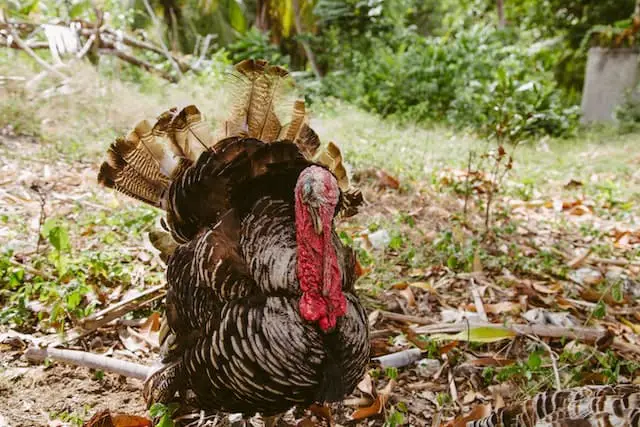
To ensure your success, plan ahead. You will need to scout for flocks of turkeys, tune your calls, and set up ground blinds. You may also need to buy licenses and permits.
Don’t be shy when approaching the turkeys. They may not come near you but will gobble in response to your calls.
Spring turkey hunting season is the earliest turkey hunting season in the United States.
Find out What the Florida Osceola Turkey Rules Say
Checking in turkeys that have been harvested is an important aspect of turkey hunting in Florida.
The Florida Fish and Wildlife Conservation Commission requires all turkey hunters to inspect their birds within twelve hours of harvest. Both residents and non-resident hunters must comply with this requirement. It applies to all turkey hunting methods including crossbows, archery, and firearms.
The FWC uses several methods to monitor wild turkey populations. These statistics can be helpful in determining the exact number of birds available to the public.
One method is by recording harvest data. Since turkeys are often harvested by hunters, the FWC uses this information to monitor population trends.
To help with population management, the commission conducts an annual survey after spring turkey hunting. The survey measures the number of turkeys harvested, the amount of success, and hunter satisfaction.
Hunters must have a valid hunting license and a hunter safety card. Osceola turkey hunting is also restricted to public lands.
How many turkey tags do you get in Florida?
The Florida Fish and Wildlife Conservation Commission (FWC) determines the number of turkey tags a hunter can purchase and use during hunting season in Florida. The hunting season and hunting zone can affect the number of tags a hunter is allowed to use.
Spring turkey hunting season usually lasts from late March through early April. Hunters are allowed to buy one turkey tag per hunting season.
In some hunting areas, there may be a limit to the number of turkeys hunters can harvest in a hunting season.
Are Wild Turkeys Protected Under Florida Law?
Florida law protects wild turkeys and the Florida Fish and Wildlife Conservation Commission regulates hunting. FWC regulates hunting seasons, bag limits, and other regulations in order to sustain wild turkey harvest.
Florida law makes it illegal to possess or take wild turkeys in closed seasons. It also makes it illegal to exceed bag limits or use illegal methods like baiting or hunting using live decoys.
These regulations may be violated and you could face penalties, fines, or even lose your hunting privileges.
FWC also monitors wild turkey populations and conducts research to make sure that hunting regulations follow population trends. The FWC can adjust hunting seasons, bag limits, and other regulations based on the research. This will ensure that wild turkeys are harvested sustainably.
Florida law prohibits the sale or possession of wild turkeys. This is done to stop the illegal wild turkey trade and protect wild turkeys from being taken from their natural habitat and kept captive.
The Florida Fish and Wildlife Conservation Commission regulates wild turkey hunting to ensure sustainable harvest. Wild turkeys are protected by Florida law.
To avoid penalties and conserve this valuable resource, it is crucial for hunters to be familiar with Florida’s regulations and laws regarding turkey hunting.
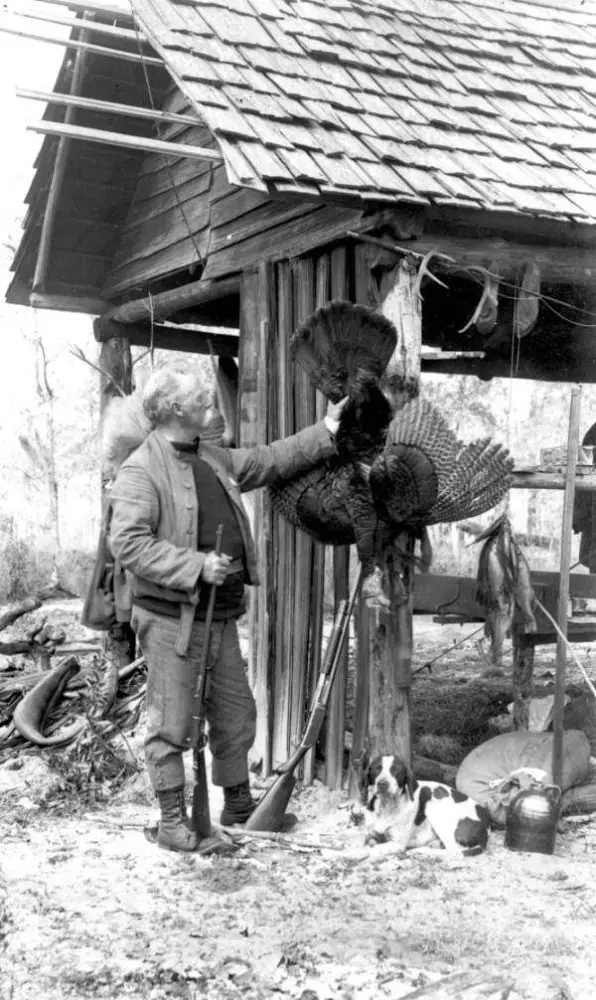
What Is The Cost Of A Florida Turkey Permit?
Florida’s turkey hunting permits are priced differently depending on their type and resident status.
A turkey permit is $10 for resident hunters. A turkey permit can be purchased for $125 by non-resident hunters.
The permit allows hunters to hunt during the spring turkey hunting period, which typically runs from late March through early April.
Hunting licenses are required for hunters. They cost $17 for residents and $47 to non-residents. Depending on the hunting type and location, other permits may be required.
It is important to remember that regulations and prices can change year-to-year. Hunters should visit the official website Florida Fish and Wildlife Conservation Commission to get the most up-to-date information and prices.
Every year, Florida is home to one of the most exciting and anticipated events in the animal kingdom – the Osceola turkey breeding season.
This event marks the beginning of a new cycle in nature where wild turkeys gather to mate and lay eggs as part of their reproductive cycle.
It’s a unique opportunity to witness these majestic birds up close and appreciate their natural beauty.
During this special time, thousands of locals and tourists flock to areas across Florida to observe these amazing animals!

